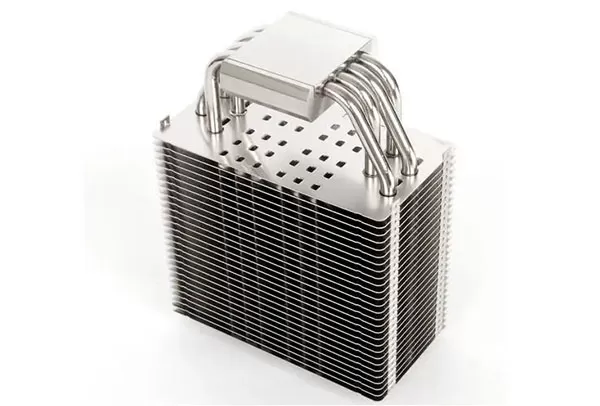
The function of a computer heat sinks is to absorb the heat generated by various chips inside the integrated circuit and then dissipate it into or outside the chassis to ensure that the temperature of the computer components is normal.Most heat sinks absorb heat by contacting the surface of heating components, and then transfer the heat to distant places through various methods, such as the air inside the chassis. The chassis then transfers the hot air to the outside of the chassis to complete the heat dissipation of the computer.There are many types of heat sinks. CPUs, graphics cards, motherboard chipsets, hard drives, chassis, power supplies, and even optical drives and memory all requireheat sinks. These different heat sinks cannot be mixed, and the most common one is the CPU heat sinks. .According to the way heat is taken away from the heat sinksr, computer heat sinks can be divided into active cooling and passive cooling.
The heat dissipation method refers to the main way the heat sinks dissipates heat.In thermodynamics, heat dissipation is heat transfer, and there are three main ways of heat transfer: heat conduction, heat convection and heat radiation.The transfer of energy between matter itself or when matter comes into contact with matter is called heat conduction, which is the most common form of heat transfer.
Pioneer Thermal's heat sink can solve the heat problems of hundreds or thousands of watts, it is widely used in laser, military, medical, power electronics, industrial equipment, and other business areas.


 +86-18902844286
+86-18902844286
 E-mail
E-mail
